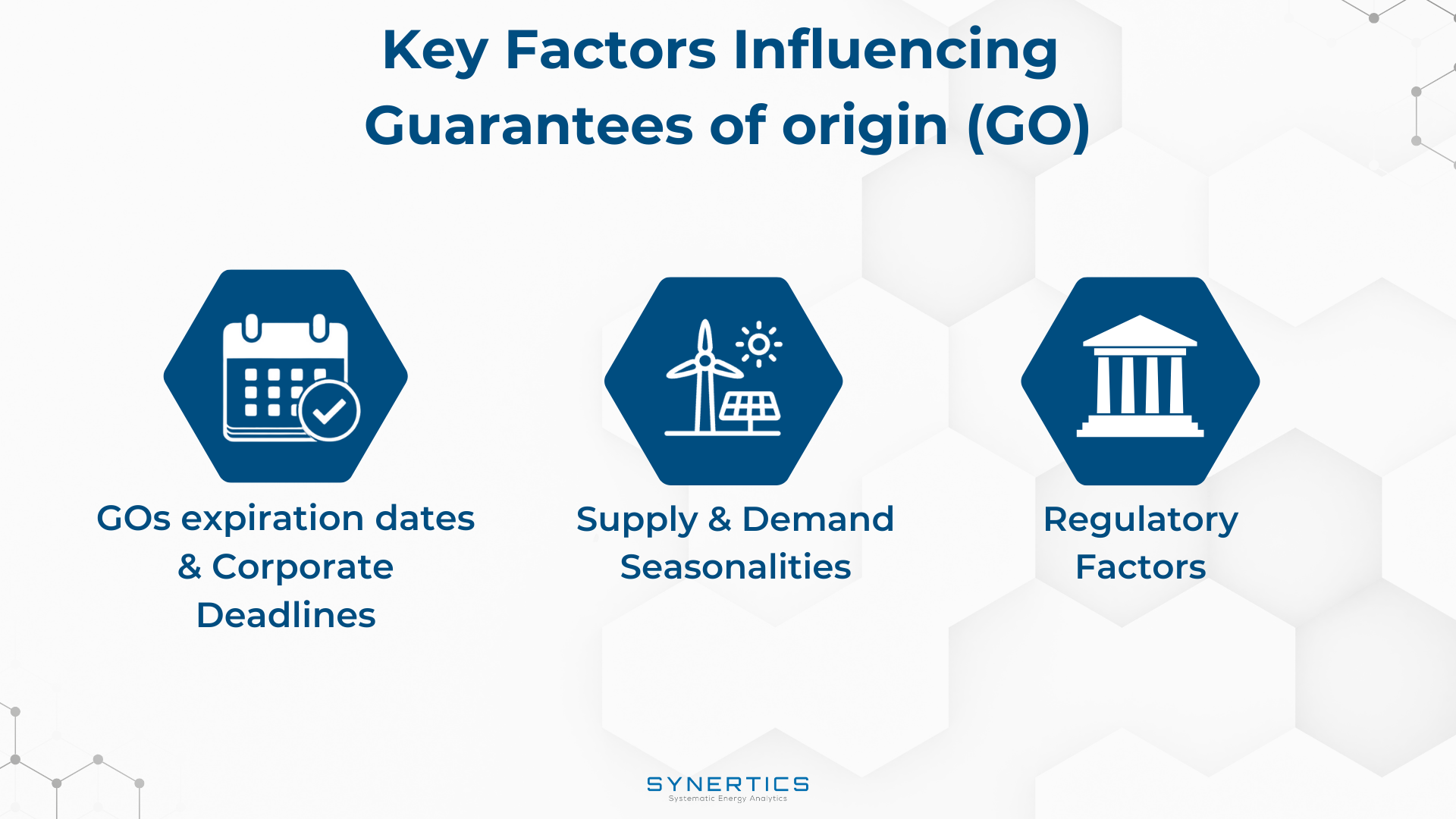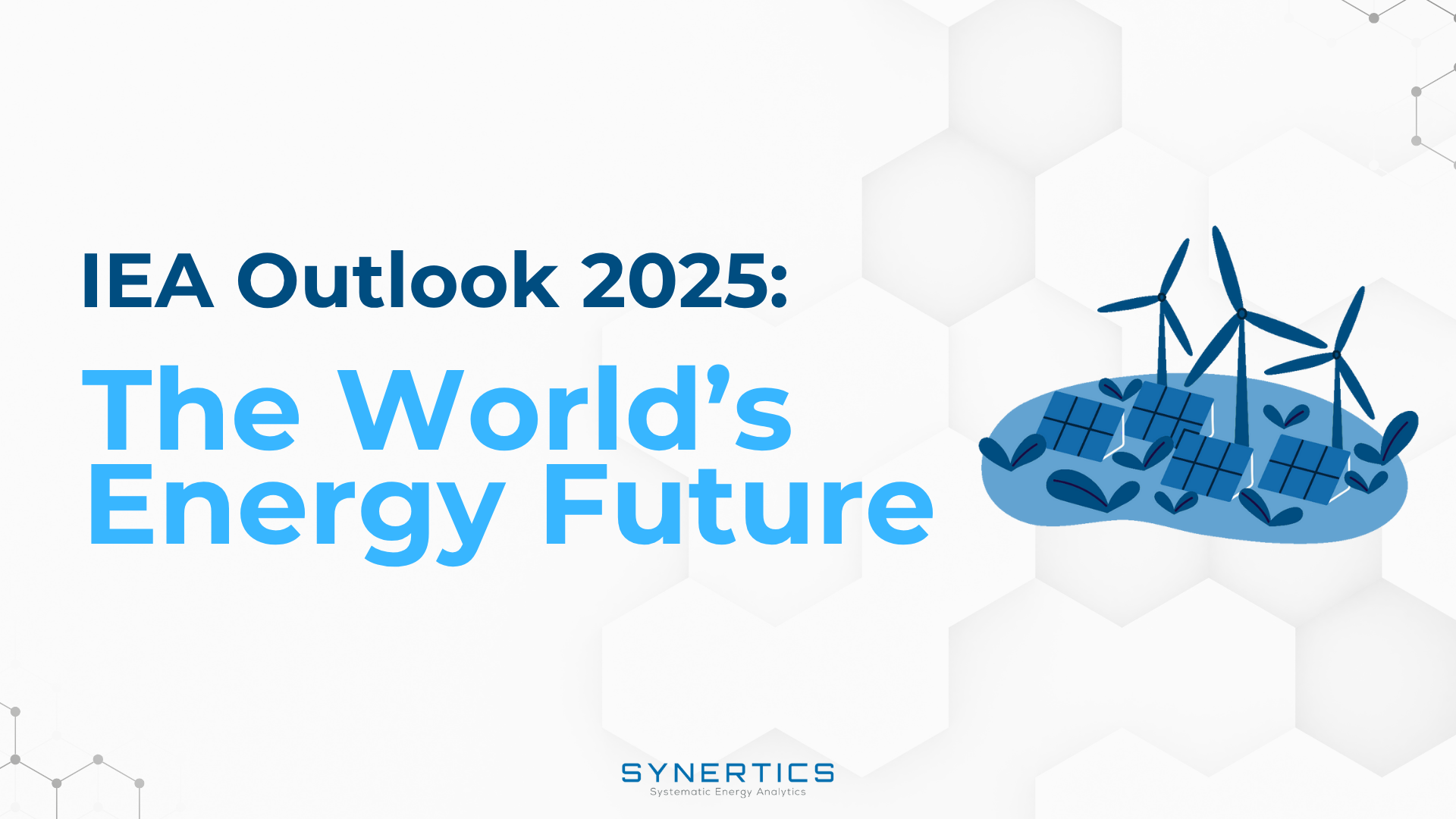Join us on our journey towards renewable energy excellence, where knowledge meets innovation.
In theory, any type of power plant or installation can be repowered. However, wind power is especially suitable for this process.

Repowering in the context of wind energy involves upgrading or replacing existing wind turbines to improve efficiency, increase energy production, and extend the operational lifespan of wind farms. Onshore wind farms usually last 20-25 years, after which we can either extend their lifespan with repairs, decommission them and restore the site, or repower them.
As Europe aims to double its wind power capacity to meet energy transition targets, repowering comes as a crucial mechanism. Here are some detailed aspects specific to wind energy repowering:
Turbine replacement
Component upgrades
Infrastructure improvements
Increased energy output
New turbines are often more efficient and can produce significantly more energy than older models, even if fewer turbines are installed.
Improved reliability
Modern turbines have better reliability and lower maintenance requirements, reducing downtime and operational costs.
Extended lifespan
Repowering can extend the operational life of a wind farm, deferring the need for decommissioning and site reclamation.
Economic advantages
Increased energy output can lead to higher revenue for wind farm operators. Additionally, repowering can create jobs and stimulate economic activity in the region.
Investment costs
The cost of new turbines, installation, and infrastructure upgrades can be substantial.
Regulatory approvals
Repowering projects may require new permits and regulatory approvals, which can be time-consuming and complex.
Community impact
Larger turbines may have different visual and noise impacts compared to the old ones, potentially leading to community opposition.
Grid integration
The local grid infrastructure must be capable of handling the increased power output, which may necessitate additional upgrades.
Repowering wind farms is a crucial strategy for maximising the potential of existing wind energy resources. By leveraging advancements in technology and addressing challenges through strategic planning and community engagement, wind energy repowering can play a significant role in the transition to sustainable and renewable energy systems.

Insights, Market-trends
15th Dec, 2025

Insights
2nd Dec, 2025

Insights
19th Nov, 2025